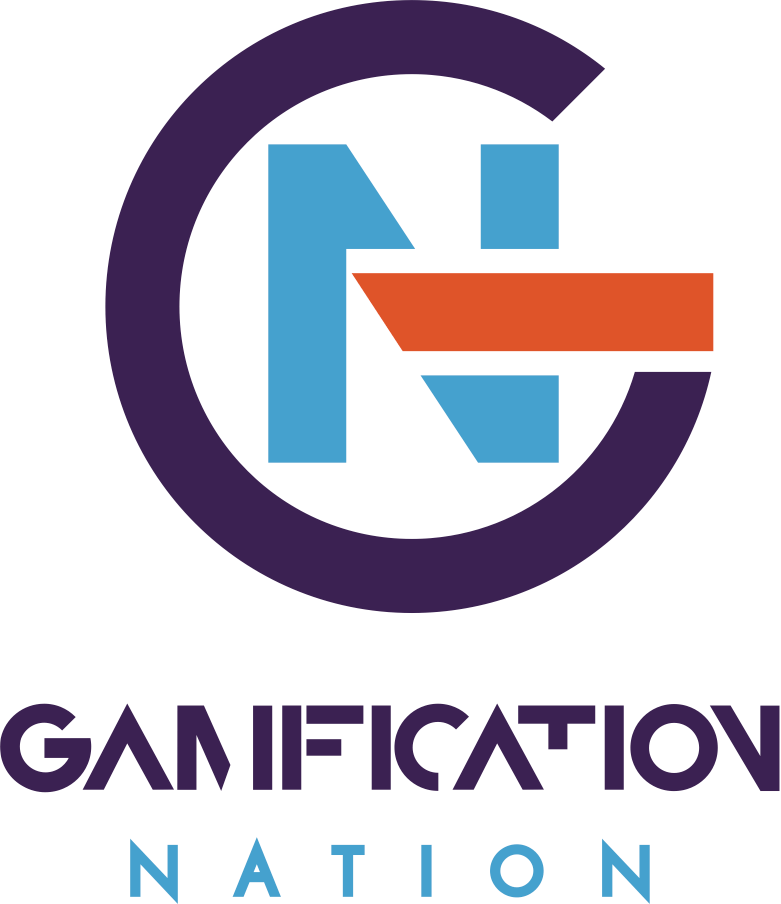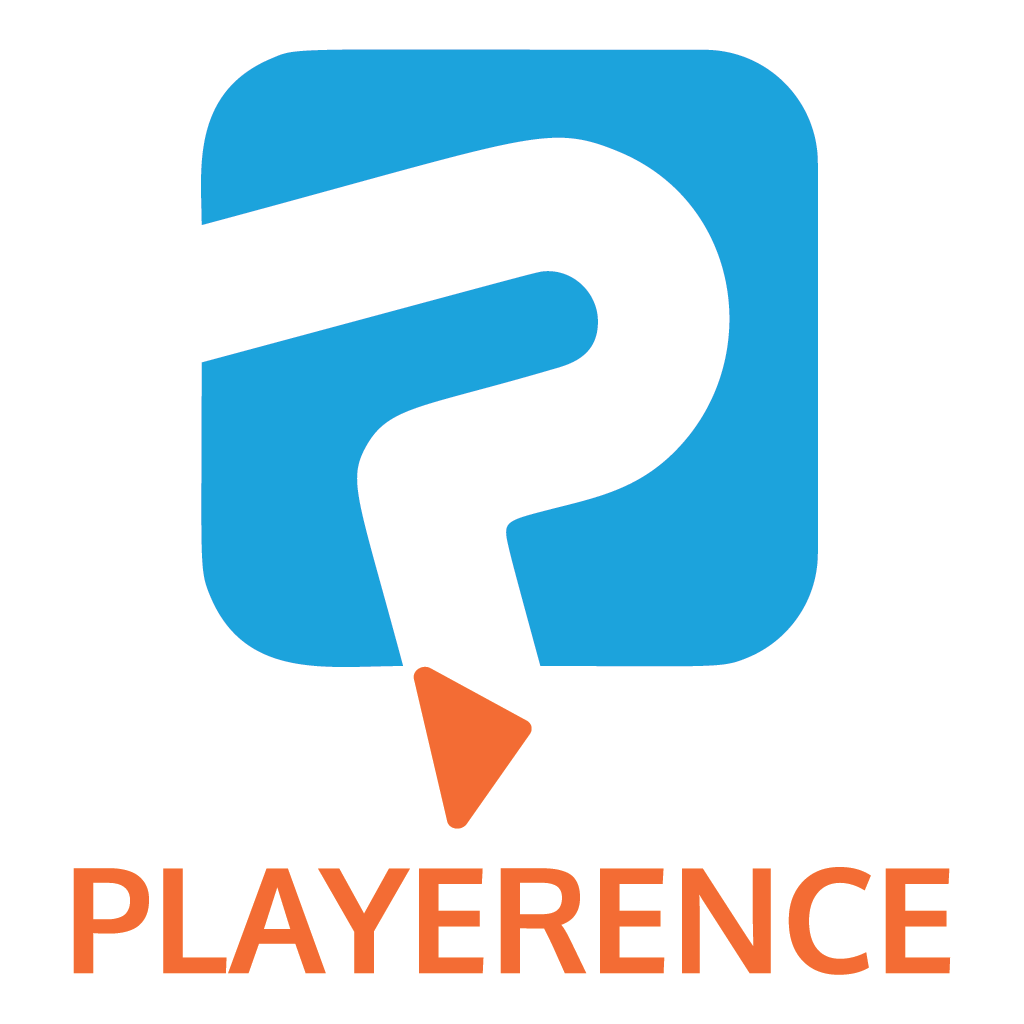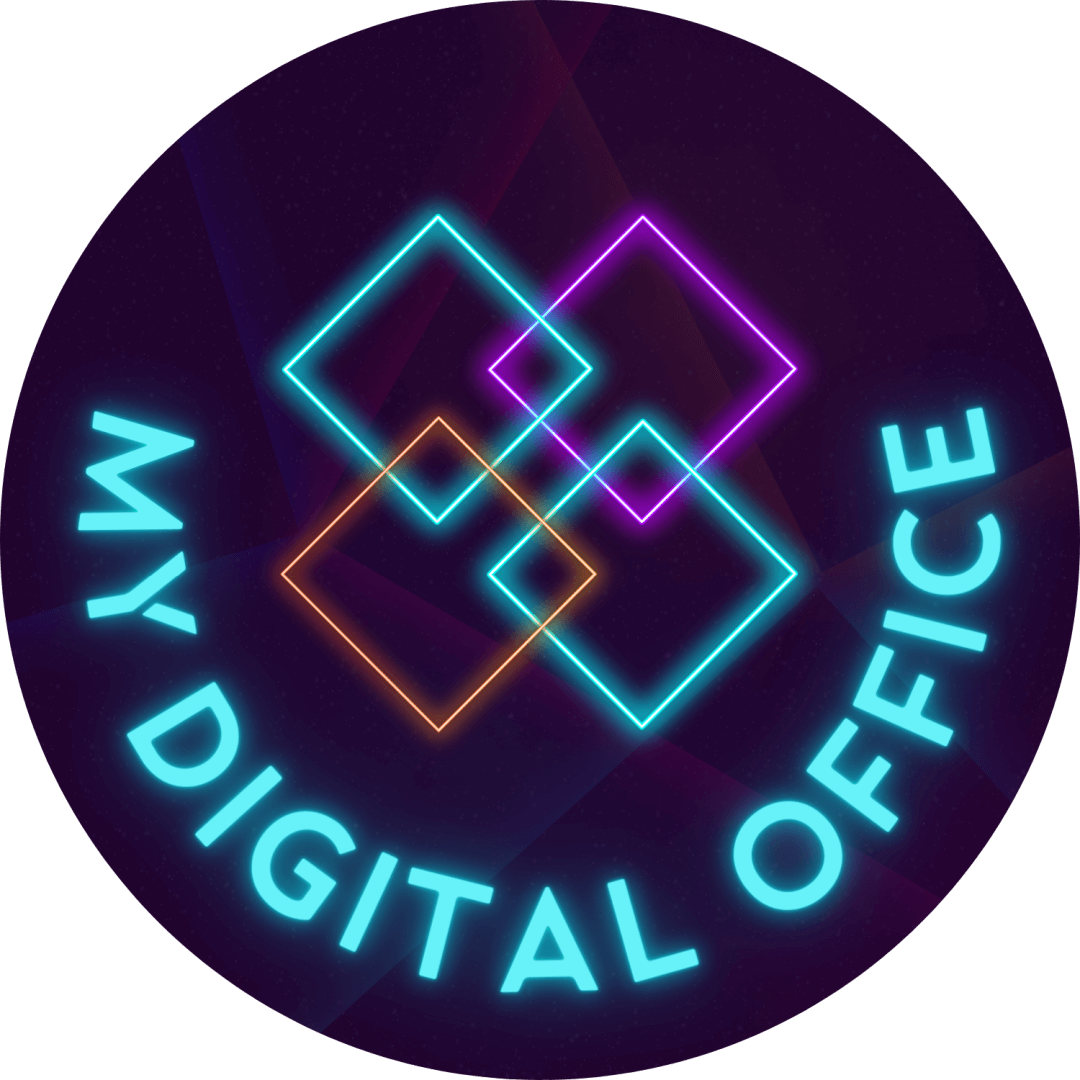In the upcoming Gamification Europe conference and awards, I asked to include a category of awards to stimulate projects for the greater good of our industry and to encourage more representation of people of all ages, ability, races, gender etc.
For me, this has been the very reason why I entered the industry in 2012 because at that time there were very few women in the gamification and many designs didn’t appeal to me as a woman. In 2015 I spoke of gender in gamification design at gamification world congress, the design suggestion for inclusion still hold true today.
This speech did conjure up a lot of talk and backlash to me personally from an industry that was obviously struggling to accept that there is a need for diversity and more inclusion. It is sad to say, that from the immediate responses of fellow judges for Gamification Europe that a lot of them are copping out of knowing anything about inclusion and diversity in gamification design. We were asked to rate our ability to judge on the variety of awards and inclusion and diversity was rated poorly by most judges.
In my opinion, you don’t need to be a rocket scientist to figure this out. Just look at the representation at conferences, very few coloured faces in the mix, mainly male audiences and the same 5 powerhouse ladies at every gig as a token or testimony to the other gender. Granted I may be on a hobby horse topic here and if you don’t like rants, move on to another blog.
It is 2018, we have seen Me Too and Him for her, taking knees, Black lives matters, all movements to increase awareness of what is fundamentally malfunctioning in our society where exclusion rules. And then a group of judges can’t figure out how to spot a project that encourages diversity and inclusion, seriously?
I personally believed the gamification industry was an innovative stream in technology, but maybe there are only a few of us who believe that. I also feel that if we are at the cutting edge then stepping out and making a difference should go hand in hand.
When I speak about inclusion, it is about making gamification interesting for all ages, race, ability, religion and gender. In some of our work, this has meant creating more than one experience journey to suit different levels and abilities with technology. Some groups are more present on some social media and not others, typically based on interest and ability. Young people are more adept at moving across apps, older generations won’t, the same with those less exposed to new technology in their home, which is a socio-economic value rather than anything else. Allowing everyone to feel accepted to play is what matters in inclusion and diversity.
I came across this project in Malaysia, where inclusion was in fact key to the gameplay, have a look at the video below to show how simple inclusion and diversity can be…
Other shining lights in inclusion and diversity that I have seen over the years come from ability inclusion, where the charity Special Effects adapts game consoles to allow people with handicaps to play games. Cancer research adapted a campaign to suit men entering because for them it was an underrepresented group.
I can’t believe that as an industry, there is no project worth entering that has had a notable impact on creativity and design at its core. On my travels around the world, great initiatives are often not presented for awards and yet they see the biggest impact. Maybe they lack the self-importance of a profit-seeking consultant behind them before they get promoted or entered in awards.
This year alone, I have come across projects stimulating peace through inclusion across different countries. Initiatives to help women take up male-dominated jobs such as truck driving. Many STEM examples to encourage girls, some of the organisations I support like women in games, have done tremendous work in this space. Removing bias from recruitment by matching people through ability based games and gamified challenges instead of CV with names. The above example from Malaysia, which a few of us are trying to replicate in the UK before Brexit causes even more damage to what used to be a more inclusive society.
We have worked on a project specifically aimed at students being excluded from schools and giving their parents assistance in the legalistic process. They are too shorthanded to go through the lengthy award application process and will never make a video on the fly. So maybe our inclusion process for awards is wrong too.
If this is a reflection of our industry, then I am ashamed to be associated with it and as a thought leader, I want better than this. We all have a bias, whether we like it or not and stepping out of that comes with awareness first and then the courage to do things differently. I know some of you work hard at this and are quietly at changing things for the better too, help shine the light on that work, it seems we need more examples of this kind because obviously, our industry hasn’t caught on to this yet.
Enter your diversity and inclusion project in the awards for Gamification-Europe 2018!
https://gamificationnation.com/inclusive-by-design/





